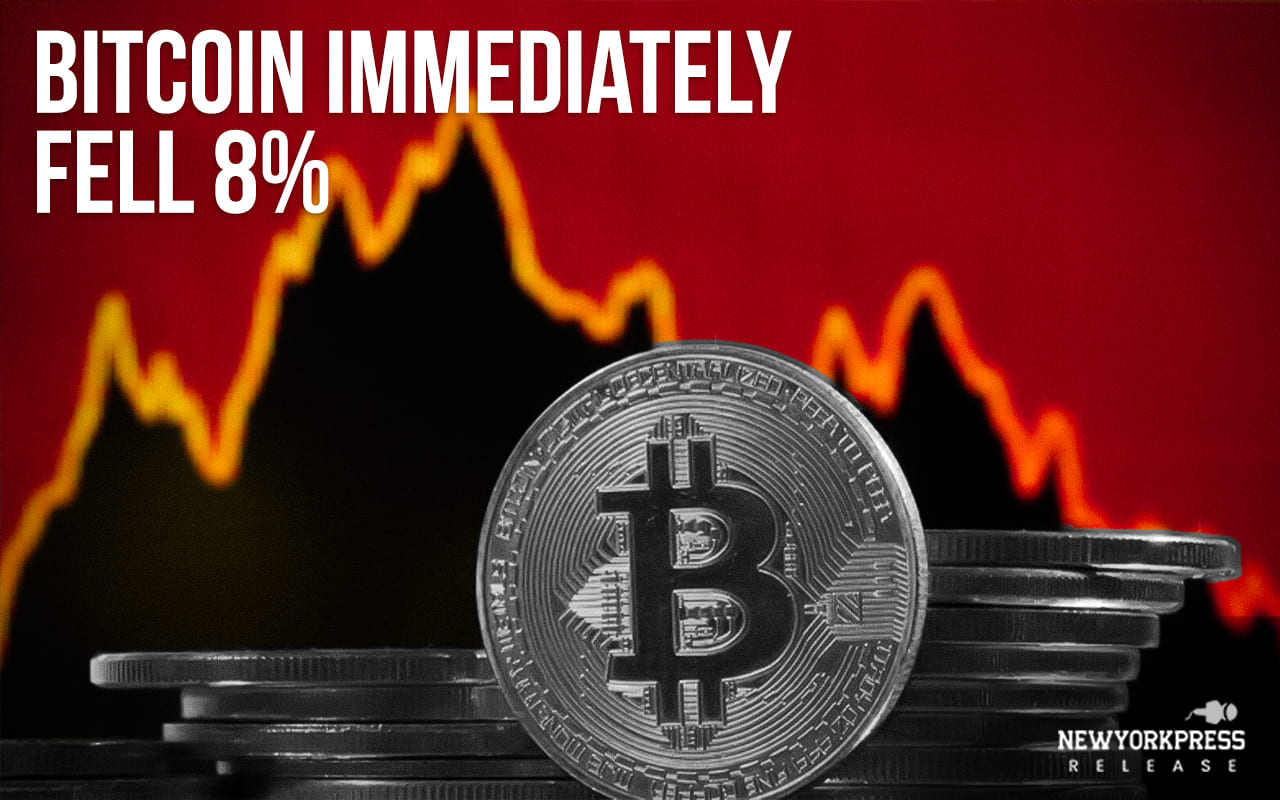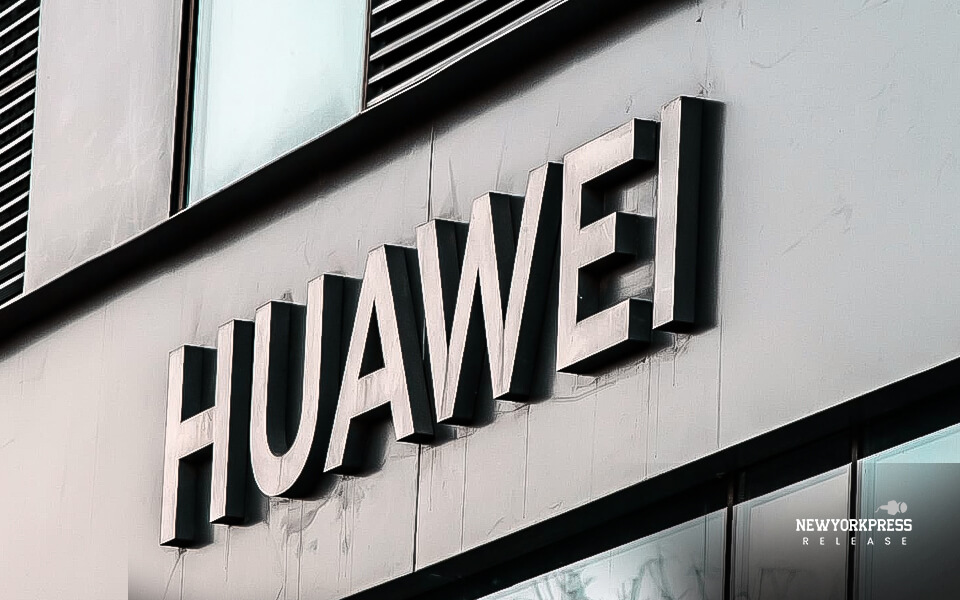Tuesday saw a sharp decline in bitcoin just after it hit a new all-time high for the first time in over two years.
According to Coin Metrics, the price of the cryptocurrency rose to a high of $69,210 on Tuesday morning before rapidly declining. In trading in the late afternoon, the losses grew. It was trading at $61,973.37 at the last moment, down 8%.
With bitcoin on a tear and up 45% so far this year, investors have issued a warning that things may soon cool as unrealized profit margins go close to absurd levels.
“The market is positioned for a steep correction, possibly between 10% and 20%,” mentioned Ed Tolson, CEO and founder of the crypto hedge fund Kbit. “Any material move down will result in cascading liquidations on the crypto perpetual swap markets, where retail has piled into levered long positions, where funding rates are very high. Over the next few quarters, we expect bitcoin to perform well, but with sharp corrections along the way.”
“The rise is so much so fast that we are cautious about a correction,” he said. “But longer term, there are still catalysts supporting the positive price action.”
On November 10, 2021, Bitcoin broke its previous record of $68,982.20. This was around a year before the crypto industry was rocked by the disastrous failure of FTX, which some have dubbed the “crypto equivalent of Lehman Brothers.”
The fact that Bitcoin has once again reached its peak indicates that it is here to stay, according to Galaxy Digital’s head of research, Alex Thorn. “Bitcoin has seen four drawdowns of at least 75% in its 15 years of existence, but it has always bounced back.”
A new record is “an important psychological milestone” and “demonstrates crypto’s remarkable ability to bounce back and continue to persevere despite big headwinds,” according to Clara Medalie, research director at cryptocurrency data provider Kaiko, who echoed the view. Nevertheless, she continued, it “doesn’t have much material impact on the pace of innovation in the industry.”
Thorn continued, “Bitcoin becomes more useful as it grows more valuable.” It is capable of supporting bigger allocations at greater market caps and daily floats. Over time, Bitcoin’s volatility has steadily dropped, enabling allocations to take on bigger position sizes.
Investors have been observing the major trends driving the price of bitcoin upward since the beginning of February.
The tightening of the bitcoin supply in front of the late April “halving” and the U.S. spot bitcoin ETFs that began trading earlier this year are two factors that are propelling the cryptocurrency’s climb. The purpose of this occurrence is to make the asset scarce. This week, the leading cryptocurrency’s rising trend picked up more speed.
The business has long suffered from reputational and regulatory risk, which appeared to be at its worst just two years ago when bankrupt crypto lenders pulled down crypto investors and crypto exchange FTX failed. Despite Tuesday’s instant reversal, the new record represents a victory for the industry. Bitcoin reached a two-year low at the end of 2022 as traders attempted to determine the possible scope of the FTX outbreak. After plunging 64% that year, the cryptocurrency has struggled ever since to establish its legitimacy.
“The odds have always been against bitcoin,” Thorn stated, noting critics who have called it “a bubble” and drawn parallels between it and the 16th-century Dutch “tulip mania.” “The people show time and time again that they want a decentralized, programmatic, scarce digital currency.”
According to Needham analyst John Todaro, it could also mean the beginning of a fresh wave of retail traders returning to the crypto market.
“Retail interest is oftentimes momentum driven, and all-time high levels are a pivotal momentum driver for even more investment,” he told CNBC. In addition, “this could lead to more capital flows, ironically, into altcoins that comparatively start to look cheaper,” he said.
In 2023, cryptocurrency, driven by bitcoin, saw a robust comeback, rising 157%. The U.S. regional banking crisis gave the digital asset a boost at first, and at the same time, there was conjecture that the U.S. Securities and Exchange Commission might approve ETFs that tracked bitcoin values.
Regarding the nascent cryptocurrency asset class, its fundamental value, and how to value it, some investors are still dubious. However, American spot bitcoin exchange-traded funds (ETFs) have gained popularity and respectability; BlackRock’s iShares Bitcoin Trust (IBIT) recently exceeded $10 billion in assets under management.




